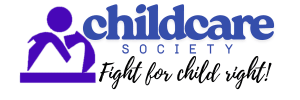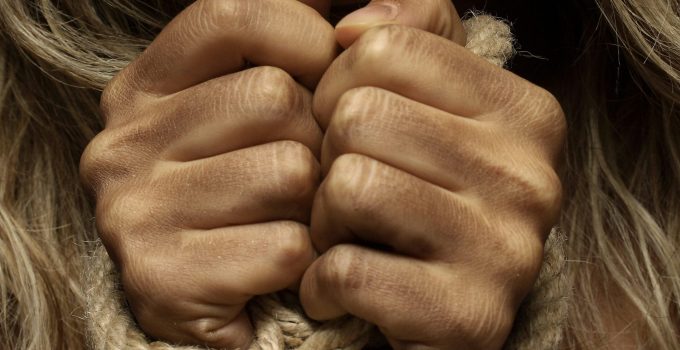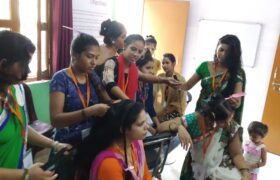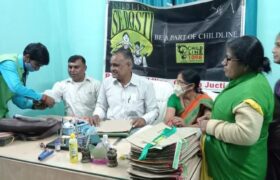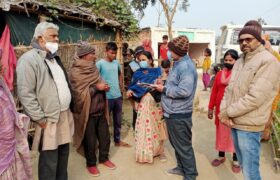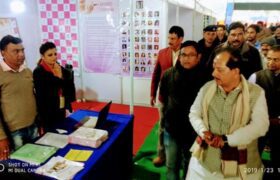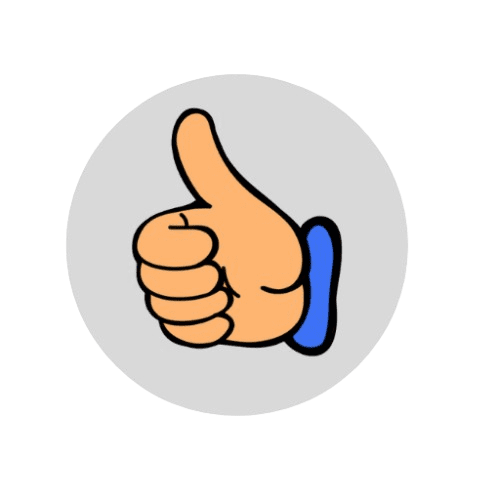In the heart of modern India, a silent crisis is unfolding, where millions of girls fall prey to the most serious forms of human trafficking. “Struggling for Freedom: The Harrowing Story of Trafficked Girls in India” reveals untold tales of resilience and suffering, exposing a world where innocence gets brutally torn out. This blog delves into the systemic issues perpetuating this horrifying practice while highlighting the strength of those who fight against the odds for liberty and dignity. Join us as we explore the stories that demand our attention and prompt a collective call for action to eradicate this pervasive injustice.
Human trafficking is one of the darkest and most complex social evils that continues to haunt modern India. Behind the facade of economic progress and development, an unsettling reality exists wherein thousands of young girls are deceived, sold, and exploited every year. These girls are stripped of their childhood, dignity, and often their hope. This article explores the multifaceted issue of girl trafficking in India-from its causes and consequences to the collective efforts being made to end this modern form of slavery.
Struggling for Freedom For Understanding Human Trafficking
India is both a source and a destination country for human trafficking. According to the National Crime Records Bureau, thousands of trafficking cases are reported each year, though experts estimate that the actual figure is far higher.
Due to high poverty and unemployment, states like West Bengal, Bihar, Jharkhand, Odisha, and Assam are considered source regions. The majority of victims are women and children, and a significant number of them are girls. The NCRB’s 2023 data reported that more than 70% of the victims were minors, mostly trafficked for commercial sexual exploitation, domestic labour, or forced marriages.
Definition and Scope of Human Trafficking
Human trafficking is the illegal trade of human beings for purposes of exploitation, including sexual slavery, forced labour, domestic servitude, and even organ removal. According to the United Nations Protocol to Prevent, Suppress, and Punish Trafficking in Persons (2000), trafficking involves three core elements: recruitment, transportation, and exploitation.
It is a problem that pervades states, across borders, and even communities in India. And it is not restricted to sex trafficking alone: many victims are also trapped in domestic work, agricultural labour, factories, and begging rackets. What makes trafficking particularly heinous is that it is hidden; victims are mostly isolated and silenced through fear, shame, and control, and they are struggling for freedom.
Statistics and Prevalence of Trafficking in India
India is both a source and a destination country for human trafficking. According to the National Crime Records Bureau, thousands of trafficking cases are reported each year, though experts estimate that the actual figure is far higher.
Due to high poverty and unemployment, states like West Bengal, Bihar, Jharkhand, Odisha, and Assam are considered source regions. The majority of victims are women and children, and a significant number of them are girls. The NCRB’s Reports 2023 data reported that more than 70% of the victims were minors, mostly trafficked for commercial sexual exploitation, domestic labour, or forced marriages. They are wishing and struggling for freedom.
Factors Contributing to Trafficking
Trafficking has its roots deep in the soil of social and economic inequality.
- Poverty remains the foremost driver; poor families struggling to make ends meet often get preyed upon with false promises of jobs or education for their daughters.
- Lack of education deprives girls of their rights and makes them dependent on others for their livelihood.
- Gender discrimination makes girls more vulnerable because many are considered to be economic burdens or commodities.
- Migration and natural disasters, like flooding and drought, displace families and create opportunities for traffickers to lure victims.
Together, these factors provide ground where exploitation thrives and innocence is stolen.
Profiles of Trafficked Girls
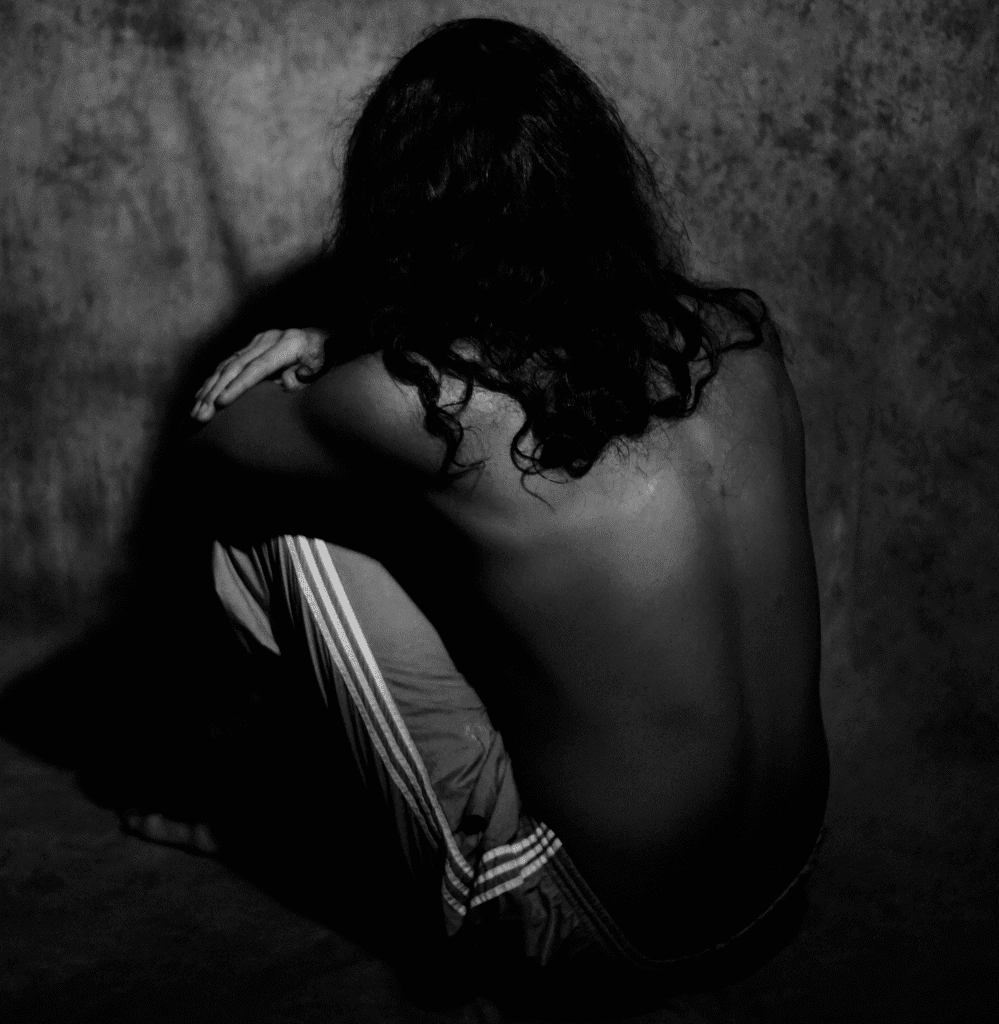
Common Backgrounds of Trafficked Girls
Most trafficked girls in India come from marginalised communities like tribal, rural, or economically weaker sections, and largely come from families engaged in daily-wage labour, agriculture, or informal work.
The most vulnerable to human trafficking are girls aged 10 to 18 years. Most of them are first-generation learners who stop going to school due to financial pressures. Their families, often unaware of the risks, may trust intermediaries who promise jobs in cities or marriages in wealthier states. They are struggling for freedom from falling foul of traffickers.
Vulnerabilities and Risks Faced by These Girls
These girls mature in a society where safety nets are fragile. They encounter:
- Limited access to health care and education
- Forced or early marriages
- Gender discrimination and domestic violence
- Reliance on strangers for job opportunities
Their vulnerability provides an easy prey for traffickers, who use their naivety and desperation.
Testimonials and Personal Stories
Although every story of a girl trafficked is one of a kind, several have common points of betrayal and resilience.
A 14-year-old girl who was struggling for Freedom from West Bengal was lured with a domestic work in Delhi but was trapped in a brothel. She remembers, “I thought I was going to work and send money home. But they took everything from me, my clothes, my freedom, my childhood.”
Another survivor from Bihar revealed, “When I was rescued, I didn’t know how to live outside. I had forgotten what freedom felt like.”
These voices remind us that beyond each statistic is a human story, one of unimaginable suffering, but also of tremendous courage.
The Trafficking Process
Recruitment Methods
Traffickers employ manipulation, deception, and coercion to recruit victims. Methods include:
- Promising jobs in cities or overseas
- Facilitating false marriages
- Promising education or modelling
In most instances, traffickers are acquaintances or acquaintances of the victims, relatives, neighbours, or acquaintances, rendering the violation even more heartbreaking.
Routes and Networks Used in Trafficking
Trafficking networks are intricate and tend to work across states. Girls from northeastern and northern states are taken to urban areas such as Delhi, Mumbai, and Kolkata. A few are even trafficked to Gulf nations as domestic workers.
The routes are sustained with bribes, fake documents, and corrupt middlemen who arrange the uninterrupted movement of victims.
Methods of Control Employed by Traffickers
Victims struggling for Freedom are then manipulated through violence, dependency, and fear once they are trapped. Identification documents are taken away, and movement is withheld. Physical harm is also inflicted. Drug addiction is also used as a means of control for many victims. Emotional manipulation — the victims are convinced that they have a debt or cannot escape — is used to silence them.
Consequences of Trafficking
Physical and Psychological Impacts
The abused girls experience lifelong trauma. They are malnourished, have sexually transmitted diseases, and physical injuries sustained as a result of violence.
Psychologically, they develop very severe depression, anxiety, and post-traumatic stress disorder (PTSD). Their confidence is usually destroyed, and it becomes hard for them to trust people.
Social Stigma and Isolation
Despite rescue, survivors experience rejection by their families and communities. The stigma surrounding sexual exploitation makes reintegration impossible and leads to feelings of shame and isolation. Most survivors live in shelter homes with minimal opportunities for employment or education.
Long-Term Effects on Health and Well-being
Trafficking’s scars reach into adulthood. Survivors can experience reproductive health complications, chronic ailments, and emotional instability. In the absence of regular support, many are unable to restart their lives or maintain livelihoods, upholding cycles of vulnerability.
Legal Framework and Government Response
Overview of Laws Related to Human Trafficking in India
India has a number of pieces of legislation aimed at trafficking, including:
- The Immoral Traffic (Prevention) Act, 1956 (ITPA)
- Indian Penal Code (IPC) Sections 370 and 370A, which provide for criminalising trafficking and exploitation
- Protection of Children from Sexual Offences (POCSO) Act, 2012
- Bonded Labour System (Abolition) Act, 1976
All these laws are intended to sanction traffickers and safeguard victims, but are poorly enforced.
Government Agencies and Their Roles
These government agencies like the National Crime Records Bureau (NCRB), National Commission for Women (NCW), and Anti-Human Trafficking Units (AHTUs) are instrumental in monitoring and preventing trafficking. Rehabilitation programs like Ujjawala and Swadhar Greh offer shelter, counselling, and vocational training to victims.
Evaluation of Current Measures
Though efforts have grown, hurdles are still out. Poor coordination among states, underreporting of incidents, and the absence of trained law enforcement officials hamper progress. Rehabilitation programs lack funds and time too often, leaving survivors prey again.
Non-Governmental Organisations (NGOs) and Their Efforts
Role and Importance of NGOs
NGOs are instrumental in the fight against trafficking for struggling for Freedom by conducting rescue efforts, rehabilitation, providing legal assistance, and creating awareness campaigns. NGOs fill the gap between victims and law enforcement agencies since they are usually the first to respond during rescue operations.
Success Stories of Rescue and Rehabilitation
NGOs like Bachpan Bachao Andolan, Prajjwala, Apne Aap Women Worldwide, and local NGOs like Child Care Society, Saran in Bihar and West Bengal have been able to rescue thousands of girls who are struggling for Freedom. These NGOs restore the confidence of survivors through counselling, vocational training, and education and rehabilitate them into society.
Collaboration Between NGOs and Government
Successful collaboration between NGOs and government agencies can lead to sustainable change. Joint rescue operations, police training programs, and community awareness campaigns have been producing encouraging results. But sustained collaboration and financial support are necessary to achieve long-term results.
Prevention and Awareness Initiatives
Community-Based Programs and Education Efforts
Prevention starts at the ground level. Awareness among families regarding the strategies employed by traffickers and education for girls are strong instruments. Self-help groups and neighbourhood vigilance committees can detect suspicious activity and bring in cases of suspected trafficking.
Significance of Awareness Campaigns
Awareness campaigns using street plays, posters, workshops, and social media can enable communities to identify and resist trafficking. Schools and youth clubs can help disseminate messages on safe migration and gender equality.
Role of Media and Social Platforms
Media can bring change. Ethical reporting, documentaries, and online campaigns contribute to raising the issue and activating public opinion. Social media outlets can even match survivors with support groups and help mobilise group action.
How to Help Trafficked Girls
Volunteering with Organisations
One can volunteer time and talent with organisations that fight trafficking. Through education, counselling, or conducting awareness drives, volunteers can make of significant contribution.
Contributing Financially
Donations finance NGOs to offer shelters, medical care, and education to survivors. Small donations may even cover vocational training programs that allow girls to start anew with dignity.
Spreading Awareness and Advocacy
Anyone can be an advocate. Spreading true information, reporting irregularities, and supporting just policies can all work together to stem trafficking. Vocally speaking out, as small as it may seem, dispels the silence traffickers rely on.
Conclusion
Summary of the Desperate Need
The exploitation of girls in India is not only an offence, it is a human tragedy that defies the very spirit of freedom and equality. Every victim is a life derailed, a dream shattered.
Call to Action
The battle against trafficking requires a common front, from the government and NGOs to common people. We need to refuse to turn away, to close our eyes to the silent pleas of those oppressed by greed and deception.
Hope for the Future
In the midst of darkness, there are rays of hope. Each rescued girl who’s struggling for Freedom smiles once again, each trafficker who is brought to account, and each community that learns to keep its daughters safe gets us one step closer to putting an end to this inhuman industry. Together, we can make every girl in India not just survive, but truly live, free and unafraid.
